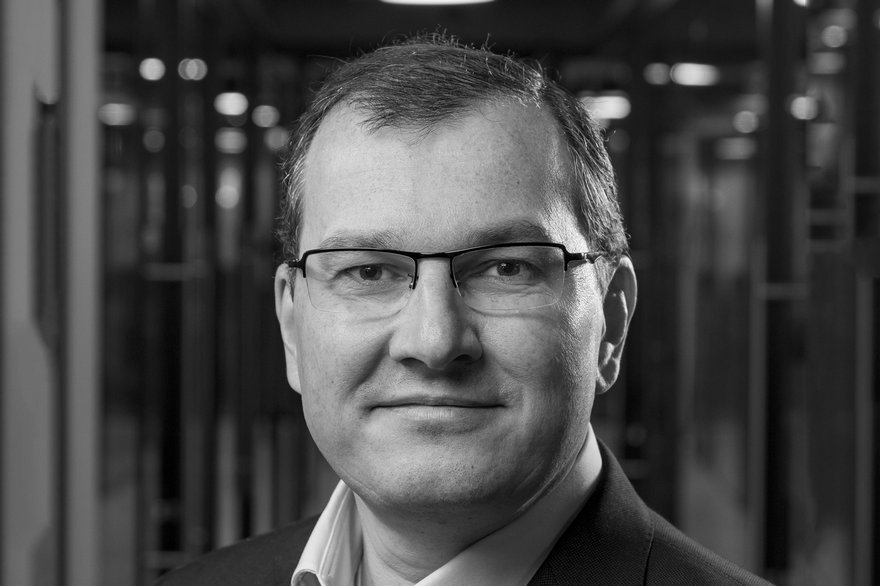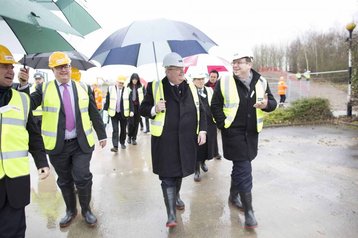As far back as the Hollywood film industry in the 1930’s, clusters have been an important mechanism to enable closely related businesses to benefit from economies of scale and for an industry to achieve the critical mass it needs to compete on a regional, national or global level. The positive impact that clusters can have on economic growth has led both local and national governments across the world to put in place favourable policies to encourage their formation and development by attracting businesses to a given area.
Initially clusters formed around particular industries – banking, media and technology are large-scale examples – drawing in workers and acting as a catalyst for further development to service these employees. Retail and leisure, housing, schools and other public services sprung up to support these expanding economic nodes creating new towns and cities. Clusters then evolved. The name of the game became about attracting the best brains to remain competitive in an increasingly globalised economy. New clusters began to form around education centers with institutions, such as Cambridge University, playing an integral role in the development of the new knowledge-innovation-creative (KIC) economy.
Tech clusters
I am now convinced that we are on the cusp of another evolution. Whilst economies of scale and talent retention are still critical factors, the rapid advancement of technology and its application in modern business is driving change in the formation of these all important clusters. The resulting, and well-reported, increase in demand for data and computing capacity has now put IT infrastructure at the front and center of the development of the KIC economy. This means that favourable government policies, economies of scale and access to talent are no longer enough to underpin new clusters around the UK’s fastest growing industries – namely life sciences, manufacturing and aerospace.
To create suitable hubs that will support the next generation of economic growth, world class infrastructure is an imperative and I believe this means that data centers need to be at the very heart of any new clusters to respond to the exponential growth in data storage and analysis. It is a mission critical service that we must provide to enable future clusters to not only form, but flourish over the long term.
Data centers need to be at the very heart of any new clusters
Kao Park will be the largest campus data center outside of the United States, and could support the development of a new cluster when it comes on stream in 2017. The site has a history of scientific and technological breakthroughs, and this year sees the 50th anniversary of the creation of optical fiber there. In 1966, Charles Kao, the campus’ namesake, and George Hockham, discovered the technology behind fiber optic cable, which has revolutionized the world of communications, and won Charles Kao the 1009 Nobel Prize for Physics. We hope this will inspire future innovation in this corner of the UK.
Life sciences needs a data center
At present 32,000 sq ft is being developed at Kao Park, but the campus is large enough for growth over a five to ten year period. Also, no campus is an island and the Park is in an the Harlow Enterprise Zone, a node in a projected new life sciences belt known as the London Stansted Cambridge Corridor (LSCC), which is starting to gain significant momentum.
The Corridor now accounts for 20 percent of England’s jobs in this sector, and the LSCC consortium has launched an independent Growth Commission to set out a 30-year vision for transformational change. Public Health England has relocated to Harlow, which underscores the corridor’s position as the UK’s new life sciences cluster with it already accounting for 20 per cent of England’s jobs in this sector.
Interestingly, the LSCC Growth Commission has highlighted that the corridor’s competition does not come from other hubs around the UK, but established international clusters such as Silicon Valley or Greater Munich. This reinforces my belief more than anything that the right IT infrastructure is critical to the lasting success of these new economic clusters, as they need to compete on a world stage to attract global occupiers. By putting a data center at the heart of our new campus, we intend to equip the occupiers of our new emerging cluster with the tools to drive new technological innovation and scientific discovery.
Jan Daan Luycks is managing director of Kao Data


